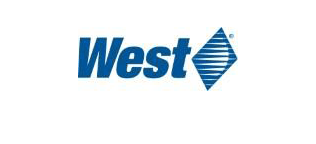The Difference Between “Latex,” “Natural Rubber,” “Natural Rubber Latex” and “Dry Natural Rubber”
Allergy to natural rubber latex was first documented in the late 1970s. The condition now commonly known as “Latex allergy” is caused by the proteins produced from the rubber tree (Hevea brasiliensis) that are still present in the products manufactured from natural rubber latex. This allergy is not only caused by the proteins, but also by the chemicals and/or residues thereof.
![]()
Even though people are aware of this allergy, many do not realize that there is a difference between the various terms “latex,” “natural rubber,” “natural rubber latex” and “dry natural rubber” and often use them interchangeably and incorrectly. This article may help medical device/drug manufacturers, medical staffs and end-users to gain some clarity on the terms, as well as West’s “natural rubber” labelling per labelling guidance by the U.S. Food and Drug Administration (FDA).
- Latex – Latex refers to any polymer in a water-based liquid or viscous state. The word by itself does not refer to natural rubber latex.
- Natural rubber – This term includes all materials made from or containing natural latex. In other words, it refers to natural rubber latex, dry natural rubber, and synthetic latex or synthetic rubber that contains natural rubber in its formulation.
- Natural rubber latex – A milky fluid that consists of extremely small particles of rubber obtained from plants, mainly from the rubber tree, dispersed in an aqueous medium. Products are then formed from natural rubber latex by dipping, extruding, or coating via the natural rubber latex (NRL) process. Examples of such products are medical gloves, catheters and tracheostomy tubes.
- Dry natural rubber – This is rubber produced by the dry natural rubber (DNR) process, which involves the use of coagulated natural latex in the form of dried or milled sheets. Products are formed from dry natural rubber by compression molding, extrusion, or by converting the sheets into a solution for dipping. Example of products that may contain dry natural rubber are syringe plungers, vial stoppers and injection ports on intravascular tubing.
At West, natural rubber latex is not used in the manufacture of our products. On the other hand, dry natural rubber is used in some West’s formulations. West certifies the absence or presence of dry natural rubber in West rubber formulations per the FDA’s guidance, by using the terminology: This Product Contains Dry Natural Rubber.
Please contact West’s Technical Customer Support for more info about the formulation/product range available in West with/without dry natural rubber.










